It’s a fact, the OM SYSTEM offers great lenses. As the first successful mirrorless camera mount with autofocus, they’ve produced quite a bit of quality glass. Portrait, wildlife, landscape photographers, travel shooters, and others can verily enjoy what this system’s bounty supplies. And when times get tough, their PRO lenses deliver the highest performance possible. In this guide, we’ll focus on OM SYSTEM’s prime lenses, providing an introduction along with more info within our reviews to all the lenses you’re eyeing.
Some of the best things to do with these lenses besides straight shooting is using OM SYSTEM’s special features. There are computational photography features like multiple exposure, live composite, live ND, focus stacking, and HDR, amongst more. These cameras are far more capable than many others thanks to the powerful processors inside them. With the latest OM SYSTEM camera models, you can take full advantage of what those features can do.
Without further adieu, dive into our curated list of the best prime lenses for OM SYSTEM cameras that will make other photographers envious of you.
The Phoblographer’s various product round-up features are done in-house. Our philosophy is simple: you wouldn’t get a Wagyu beef steak review from a lifelong vegetarian. And you wouldn’t get photography advice from someone who doesn’t touch the product. We only recommend gear we’ve fully reviewed. If you’re wondering why your favorite product didn’t make the cut, there’s a chance it’s on another list. If we haven’t reviewed it, we won’t recommend it. This method keeps our lists packed with industry-leading knowledge. Some of our stories include affiliate links. If you buy something through one of these links, we may earn an affiliate commission.
How to Use This Guide to Prime Lenses for OM SYSTEM Cameras

Here’s some insight into how to use this roundup of the best prime lenses for OM SYSTEM cameras and what to expect:
- Our Editorial Policies don’t allow us to speak about products we haven’t tried. Lucky for you, The Phoblographer has done the most real-world reviews of lenses on the web! And all the product and sample images were shot by us. While this piece is done as part of a sponsorship with OM SYSTEM, they’re well aware of our transparent policy.
- When considering the best prime lenses for OM SYSTEM cameras, know that “PRO” means it’s their highest-end option. Luckily, those options aren’t beyond the budget of most people into photography.
- ZUIKO is the name OM SYSTEM (and Olympus before them) chose for their lens lineup. It means “Light of the Gods” – just a cool bit of history we thought you should know! M. ZUIKO stands for Micro and therefore alludes to Micro Four Thirds products.
- The best prime lenses for OM SYSTEM cameras have weather resistance. (Notice how we’re not saying “weather sealing.” Barely any products are weather sealed, but resistant to the weather.) If you’re picking up a PRO lens, know it’s boasting weather resistance. Also, know this doesn’t only help with durability, but it keeps your camera’s sensor cleaner too. As it is, OM SYSTEM has great vibration technology that helps keep dust off the sensor.
- This is the Micro Four Thirds system. So, when you’re considering focal lengths, you have to multiply them by two. This means a 14mm lens is actually 28mm in traditional photography speak. It makes for excellent photography of wildlife and for getting more of a subject in focus.
- There’s a lot to take into consideration when it comes to editing portraits. You need to worry about color grading, skin smoothing, and so much more. In this case, the staff here recommend working with Capture One to get the best colors.
- All the prime lenses for OM SYSTEM cameras in this roundup can be used with any Micro Four Thirds camera from Olympus and OM System.
- With cameras like the OM-D E-M1 III and other newer models, you’ll get an enhanced autofocus system and massively improved eye AF. These will get the most out of the lenses we have selected if you’re shooting portraits. But even if you’re photographing food, your dog, or anything else, you’ll quickly realize it’s tough to make bad photos with these lenses.
M.Zuiko Digital ED 8mm f1.8 Fisheye PRO
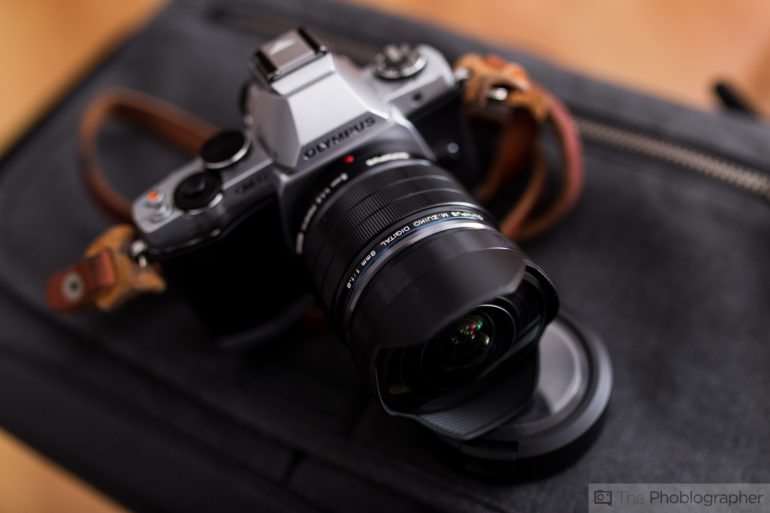
Who Should Buy It?
The photographer who wants the widest angles possible and embraces the creativity that fisheye lenses provide will adore this little gem!
What We Think

In our review, we state:
Slap this lens onto a camera, autofocus (or manually focus), and shoot. There’s very little to this lens. It’s going to nail the focus even in low light. In fact, it never missed a single shot during my testing. But the challenge is creating interesting images with it.
M.Zuiko Digital ED 12mm F2
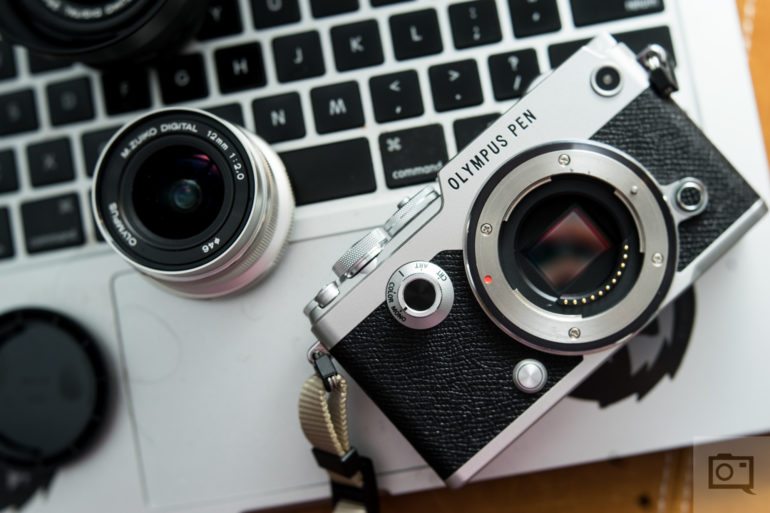
Who Should Buy It?
Any photographer looking for fast autofocus performance and a lightweight lens for landscape photography will really enjoy what this lens can do.
What We Think

In our review, we state:
On the camera, it has a 24mm equivalent field of view: one of the ideal focal lengths for street photography. At reasonable distances from your subject, you’ll have lots of space to focus the lens and then recompose your image based on the rule of thirds. It’s so nice to be able to do this with a fast prime lens on the Micro Four Thirds camera system.
M.Zuiko Digital 17mm f1.8
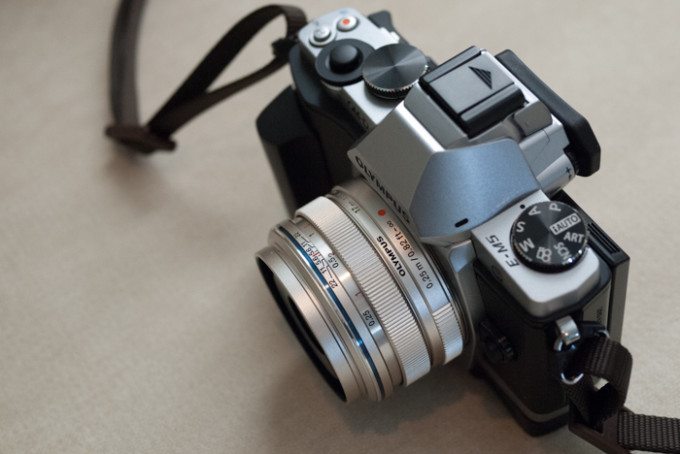
Who Should Buy It?
The photographer who loves the 35mm field of view, which tackles nearly any situation you throw at it very well.
What We Think

In our review, we state:
Besides the image quality, which we will get to in a bit, the number one reason to buy this lens is the autofocus speed. It’s insane. When mated to my OM-D in good to decent light, it really is instantaneous.
M.Zuiko DIGITAL ED 17mm F1.2 PRO
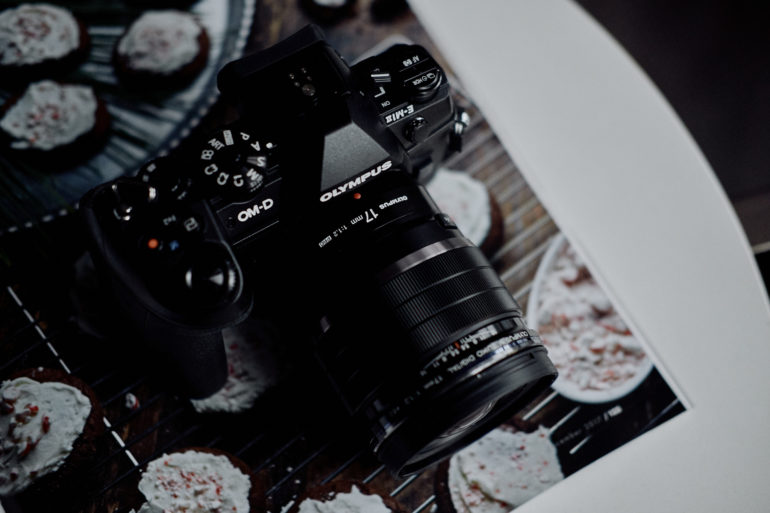
Who Should Buy It?
If you want a lens that’s fast and silent, weather resistant, and has beautiful bokeh, then reach for this.
What We Think

Here’s a quote from our full review:
This may well be one of the sharpest lenses, even wide open, that we have ever had our hands on. It follows in the steps of the 25mm f1.2 PRO as being a great all around performer with good bokeh and image quality traits that will have Micro Four Thirds photographers drooling.
M.Zuiko Digital ED 20mm F1.4 PRO
Who Should Buy It?
This lens renders a 40mm equivalent field of view. It’s perfect for anything in between the 35mm and 50mm focal length. And honestly, it’s also probably one of our favorite lenses for Micro Four Thirds.
How’s the Image Quality?
In our review, we state:
“The M.Zuiko 20mm f1.4 PRO lens is positively astounding. Small, well-designed lenses like this are why you fall in love with a system. It focuses very quickly, although Olympus tends to prioritize subjects around the center. It’s sharp, has gorgeous bokeh, boasts weather sealing, and is as small as a standard shot glass with a bit more girth.”
M.Zuiko Digital 25mm f1.8
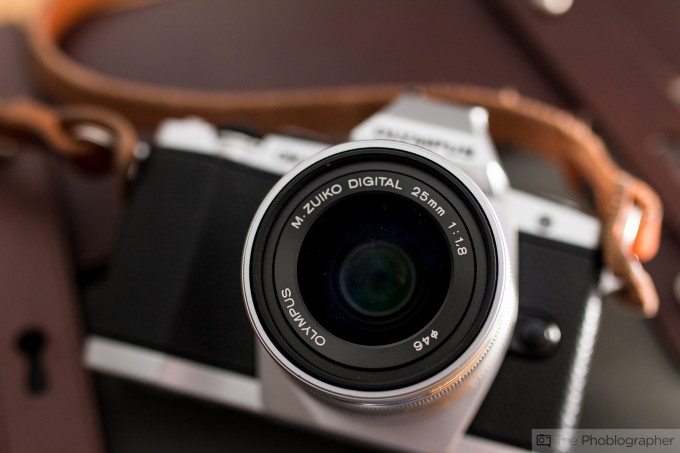
Who Should Buy It?
This lens is the nifty 50 of the system, so it should possibly be your first prime lens.
What We Think

In our review, we state:
Wide open, this lens is a complete stunner. After my first day of shooting in natural light, I concluded that there really isn’t any point in stopping the lens down. When a strobe was mixed in, I stopped it down or tried to get the light to output at f1.8 at ISO 200.
M.Zuiko DIGITAL ED 25mm F1.2 PRO
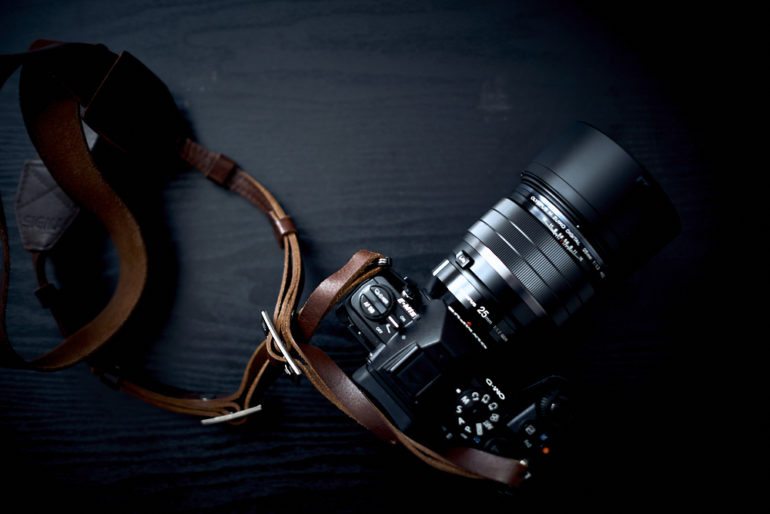
Who Should Buy It?
If you want beautiful bokeh, weather resistance, a compact design, and insanely fast focus, then this is the lens to get!
What We Think

Here’s a quote from our full review:
OM SYSTEM has always been known for the quality of their lenses, and Zuiko quality is every bit as present in this lens’ design and image quality. One of the best things about this lens is getting the light gathering abilities of f1.2 while having the depth of field of f2.4, which is fantastic for portraits and more than good enough in most other cases. This lens is sharp, has great bokeh, shows manageable chromatic aberration, and will just astound you.
M.Zuiko Digital ED 30mm f3.5 Macro
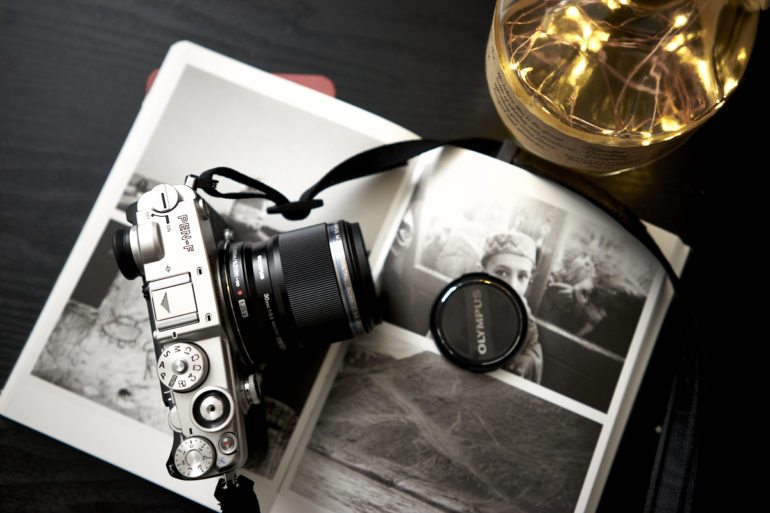
Who Should Buy It?
Some of us want a wider macro lens that renders a normal field of view. This one is perfect for doing exactly that at an affordable price.
What We Think

In our review, we state:
The M. Zuiko Digital ED 30mm f3.5 Macro Lens is pretty good. If you’re going to use it, I recommend just using it for macro work and carefully set-up imagery. Plus, use a flash.
M.Zuiko Digital 45mm f1.8
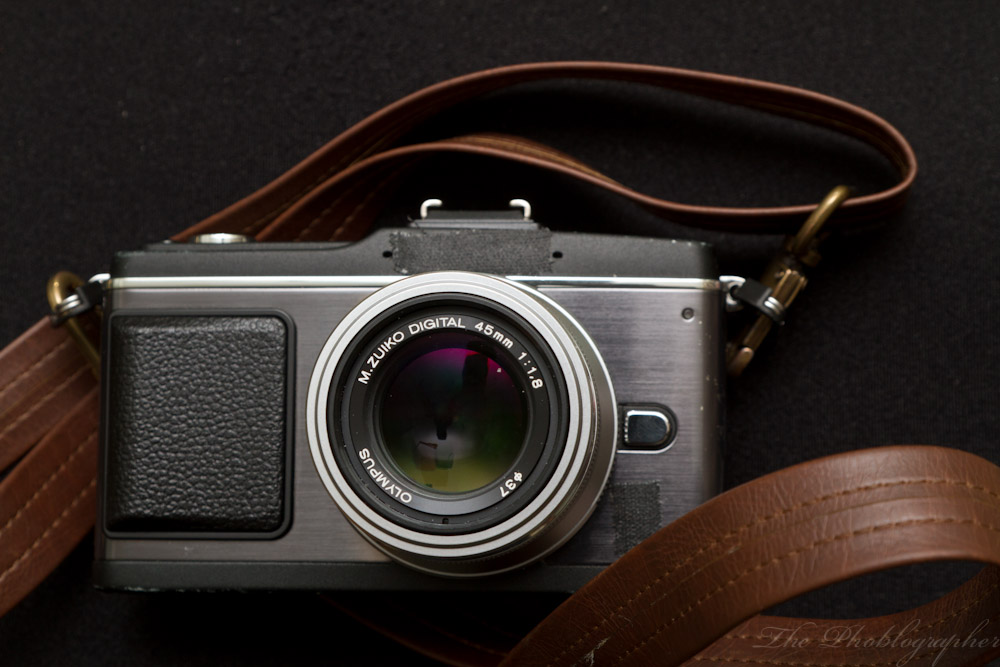
Why This Lens?
The affordable portrait lens is small, lightweight, and incredibly sharp. You’ll be amazed at what it does.
What We Think

In our review, we state:
The M.Zuiko Digital 45mm f1.8 Lens is a lens that I want to shoot wide open all day and all night. On a personal level, I’m very pleased with the sharpness I get with the lens when shooting wide open.
M.Zuiko DIGITAL ED 45mm F1.2 PRO
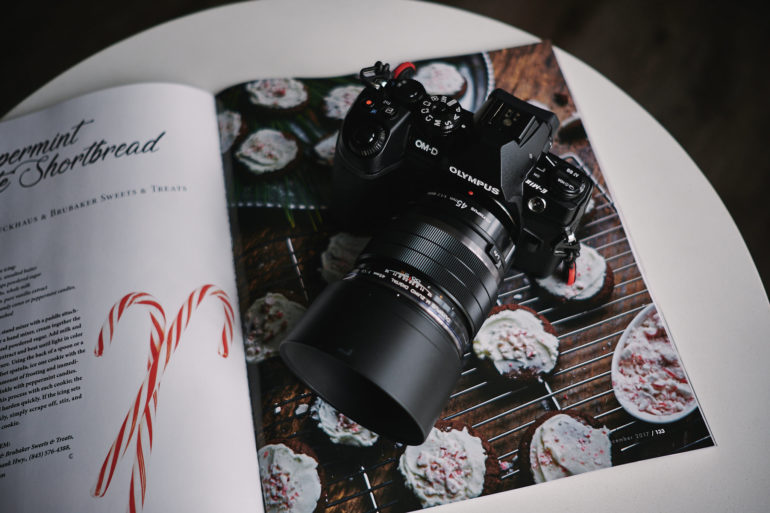
Why This Lens?
Besides the f1.2 aperture, fast autofocus, and impeccable weather resistance, this is a fantastic portrait lens!
What We Think
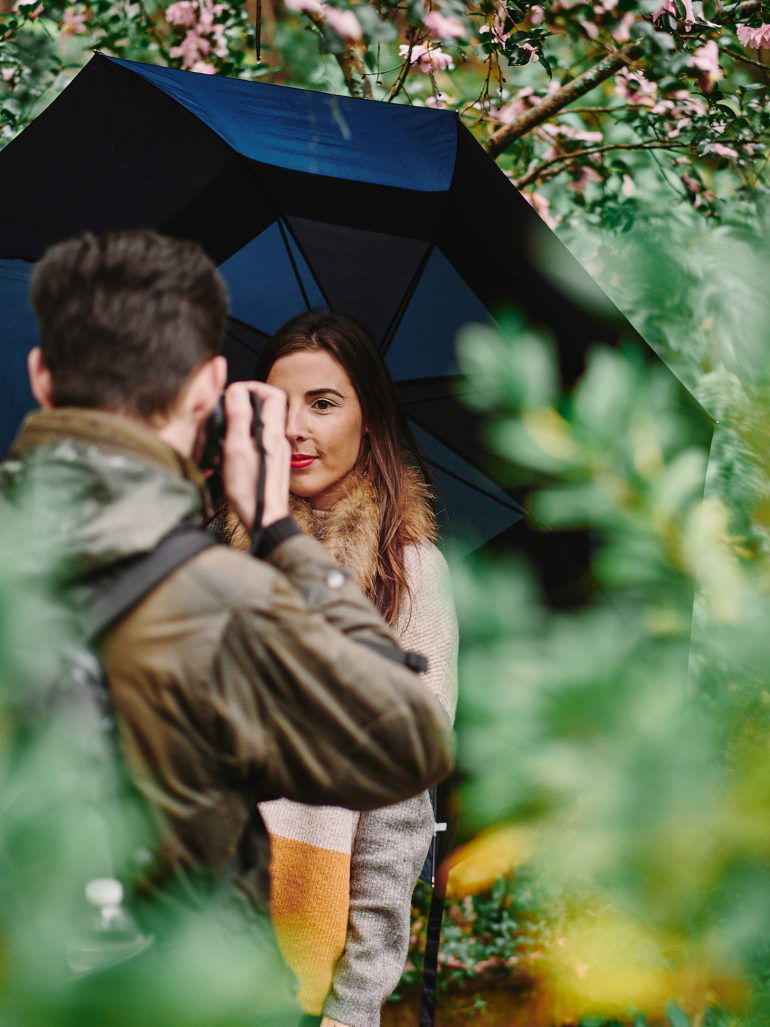
Here’s a quote from our full review:
Image quality-wise, the lens has many of the known traits of micro four thirds lenses we have come to know and love. There is no reason to shoot this lens anywhere but wide open because, even at f1.2, this lens looks wonderful and really shines, especially in portrait settings. You can stop the lens down if you want to for exposure reasons, but this could be the best image quality we have seen out of an f1.2 lens shot wide open.
M.Zuiko Digital ED 60mm f2.8 Macro
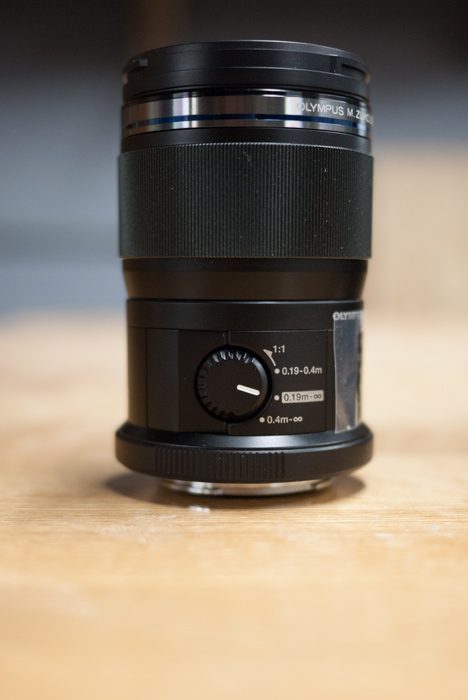
Why This Lens?
Anyone and everyone interested in macro photography should consider this lens as it’s weather resistant and lets you be specific about where you’re focusing.
What We Think

In our review, we state:
I’ve owned or used almost all of the MFT primes and I have to say that the 60mm macro is definitely near the top of the list in terms of image quality.
M.Zuiko DIGITAL ED 75mm F1.8
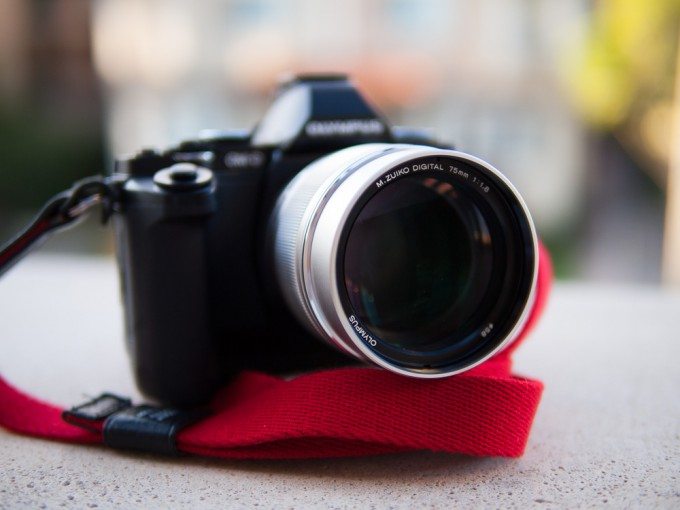
Why This Lens?
There’s a wonderful metal body along with fast focus, some of the best bokeh the system offers, and really nice sharpness.
What We Think

Here’s a quote from our full review:
There’s so much to like about the images from this lens, I don’t even know where to begin. First, I should mention that this isn’t a particularly easy focal length to shoot with, (especially for me as I’m primarily a street shooter accustomed to the 35-50mm range). 150mm equivalent is quite long, and I found it to be a great exercise in how I go about shooting. I was definitely outside of my comfort zone, but I had quite a bit of fun with it.
M.Zuiko Digital ED 300mm F4 IS PRO
Why This Lens?
If you’re into birding or wildlife photography, the M.Zuiko 300mm f4 IS PRO is one of the best lenses you can get your hands on for a plethora of reasons.
How’s the Image Quality?
In our review, we state:
“This is the equivalent of a 600mm f8 lens when you translate it into full-frame 35mm terms. Because it’s such a long lens, your bokeh is always going to be creamy, dreamy, and gorgeous. As always with Olympus lenses, you can’t go wrong with the bokeh here.”
This piece is presented in partnership with OM SYSTEM. We’ve independently and ethically reviewed all the products in this post without sponsorship. And we worked with them to recommend a few key gems to you.


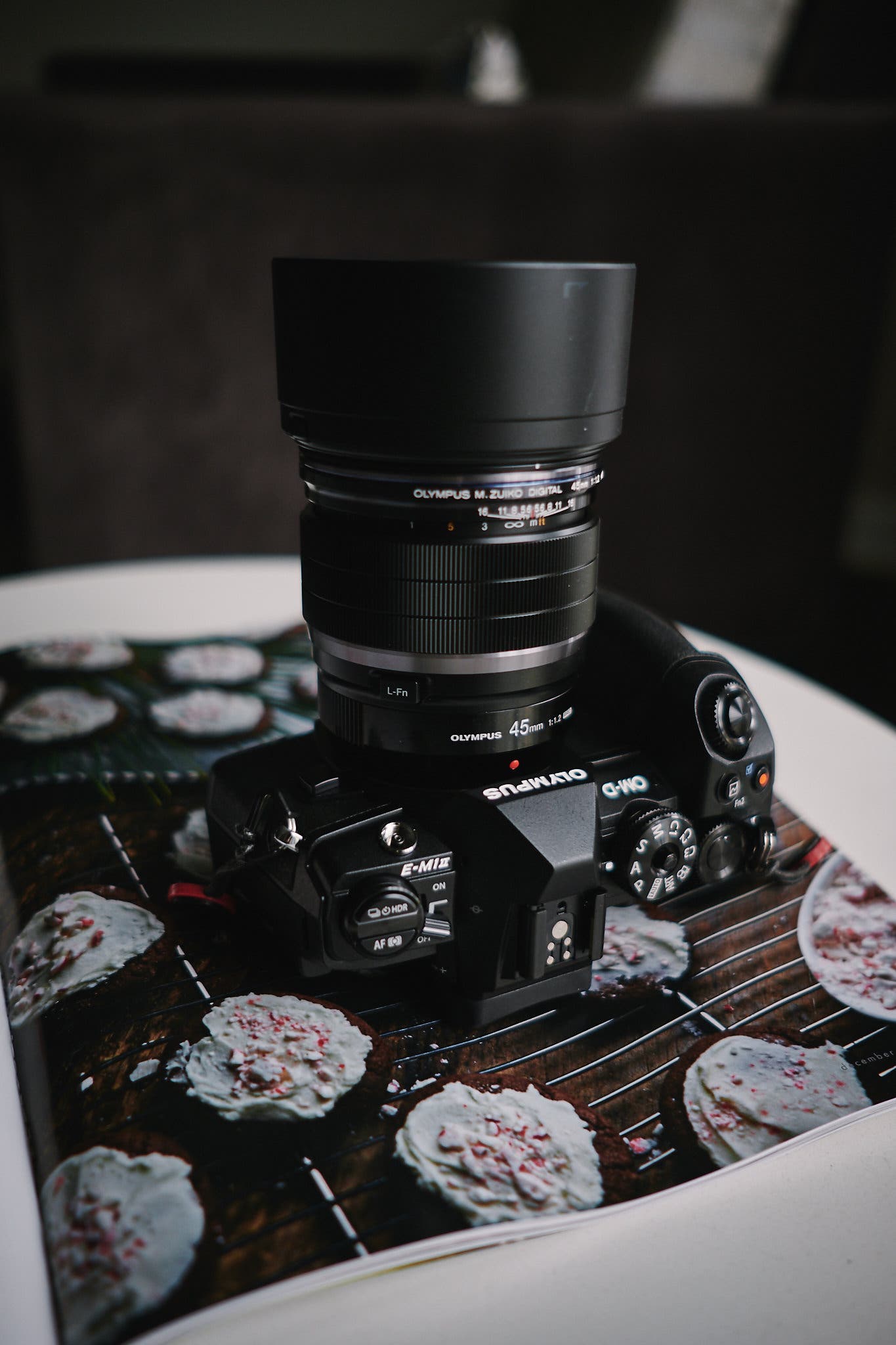
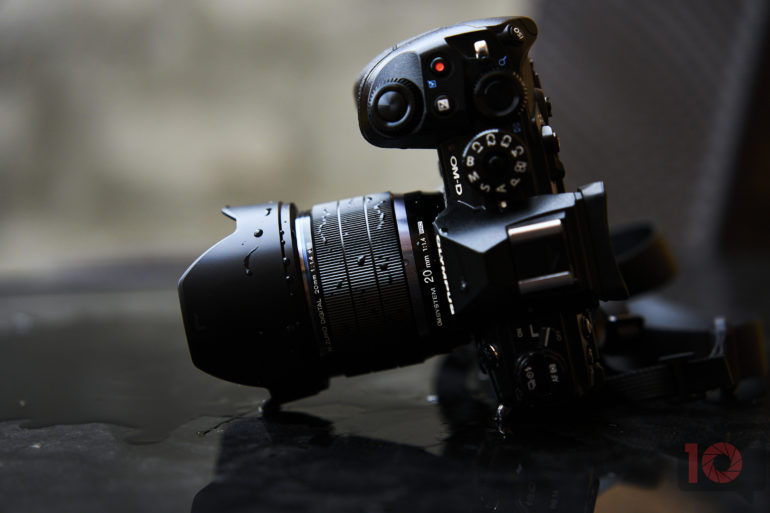

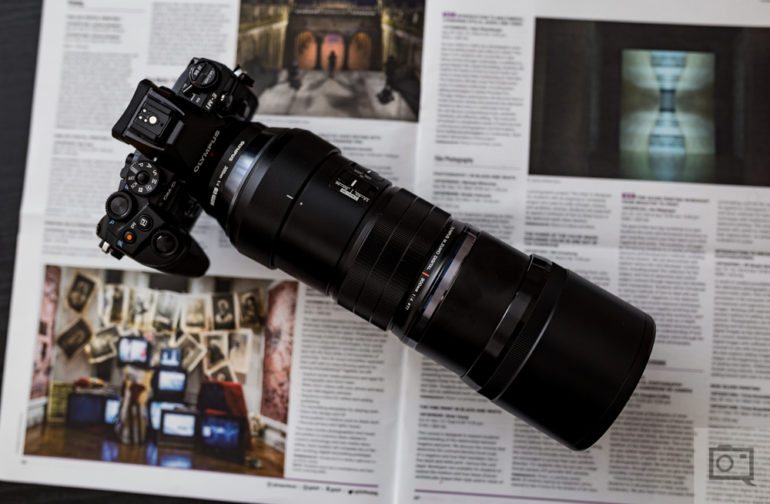
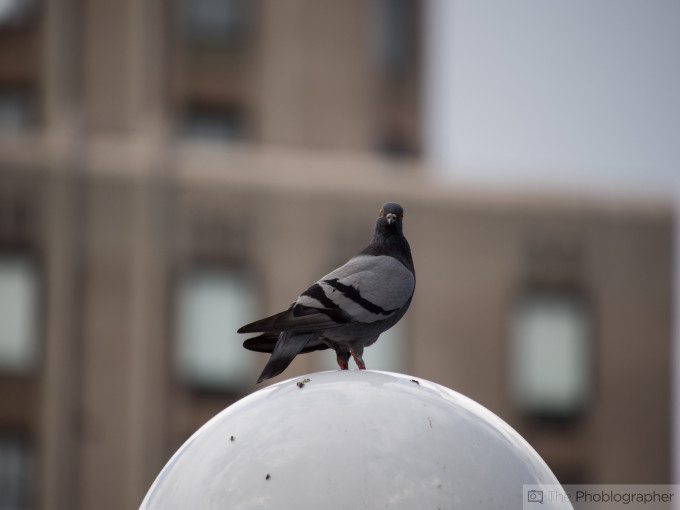
Leave a Reply